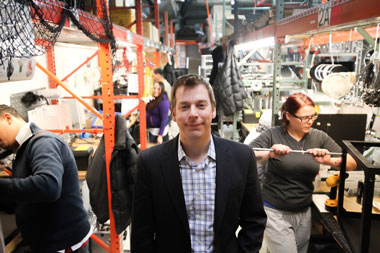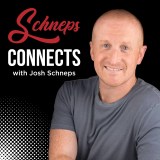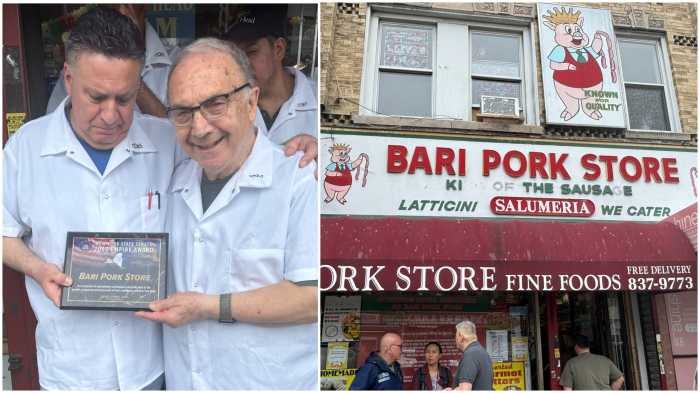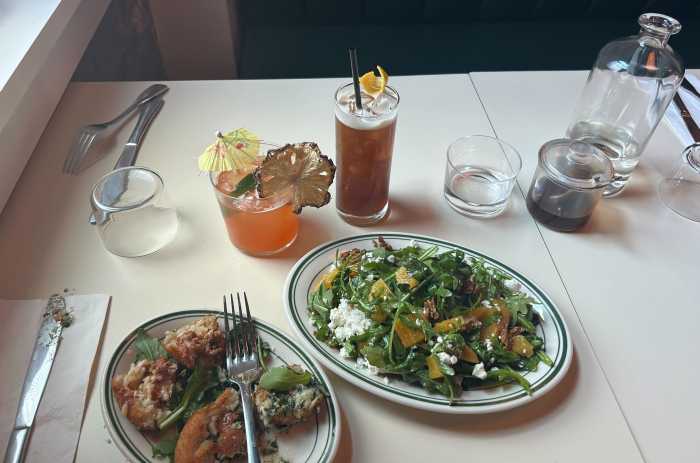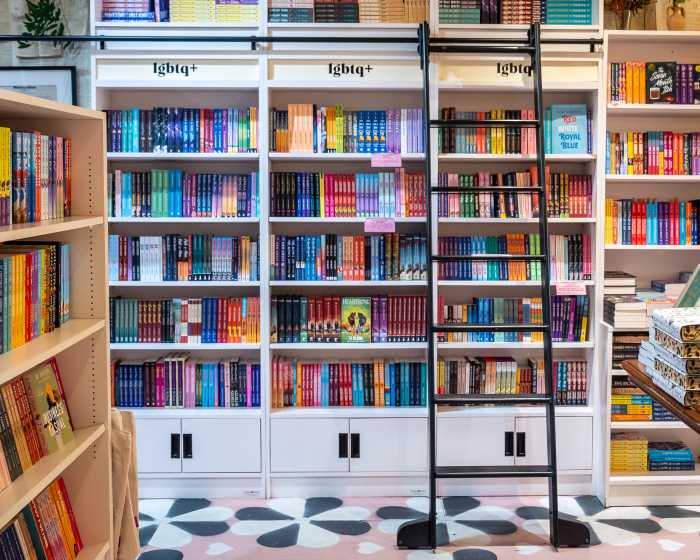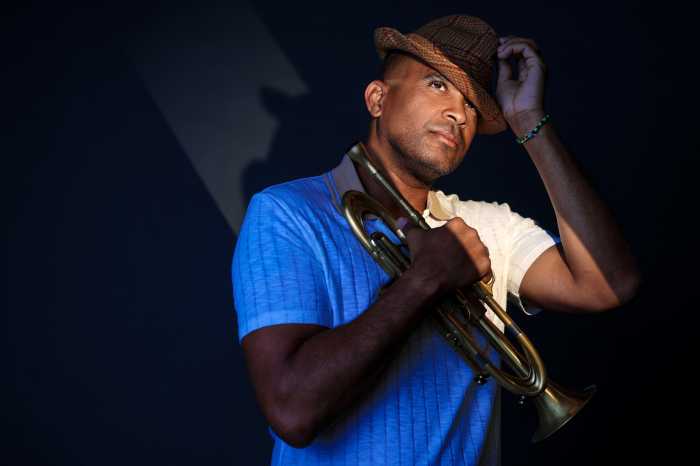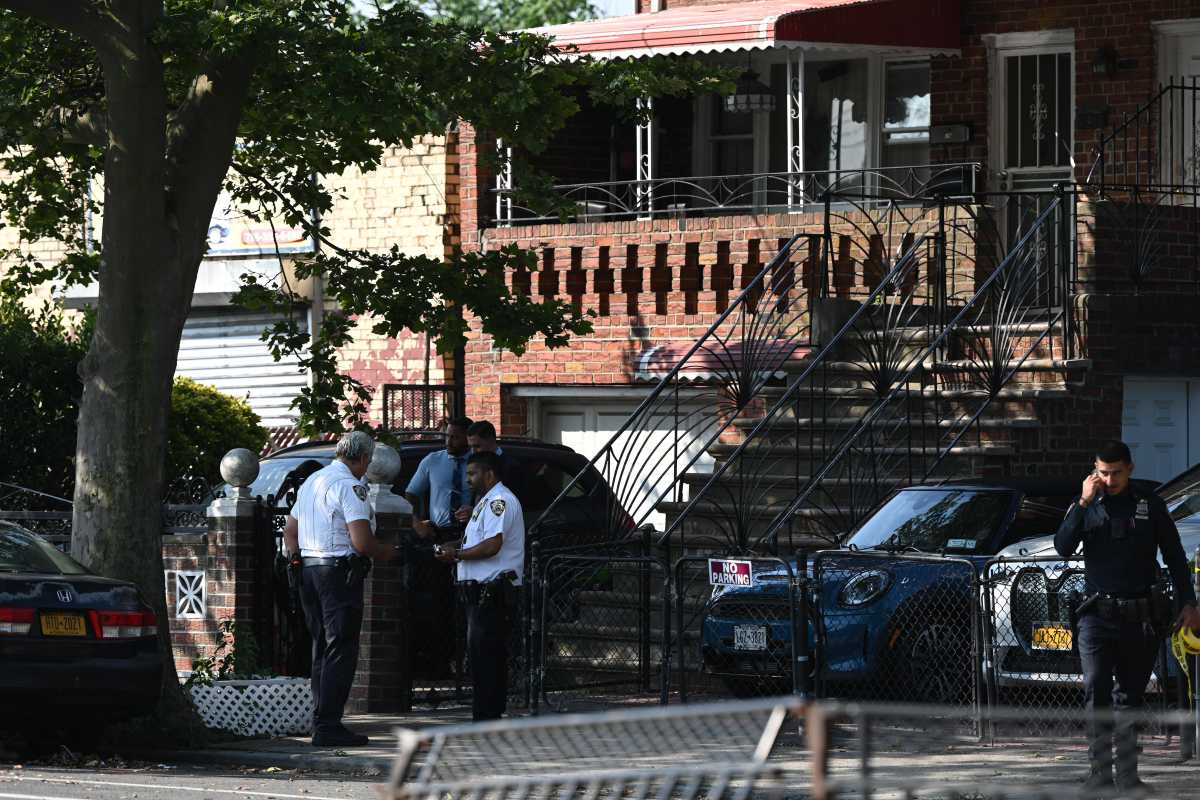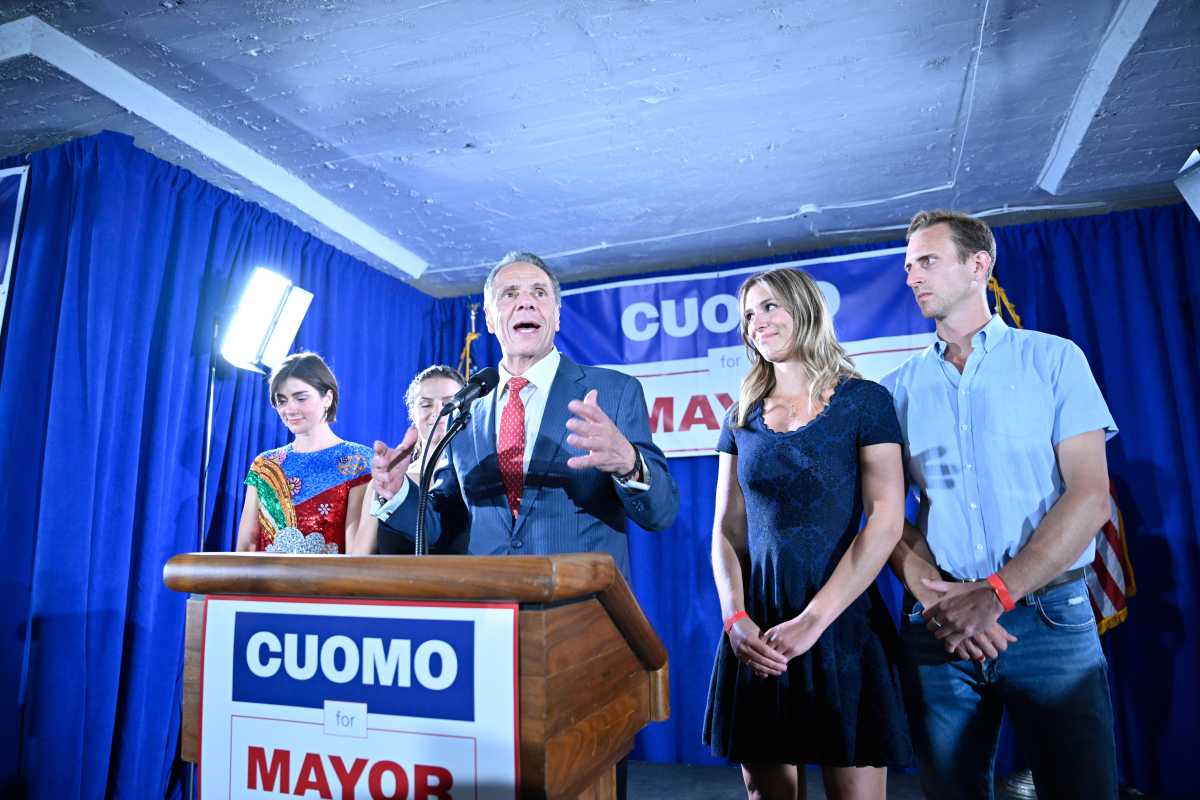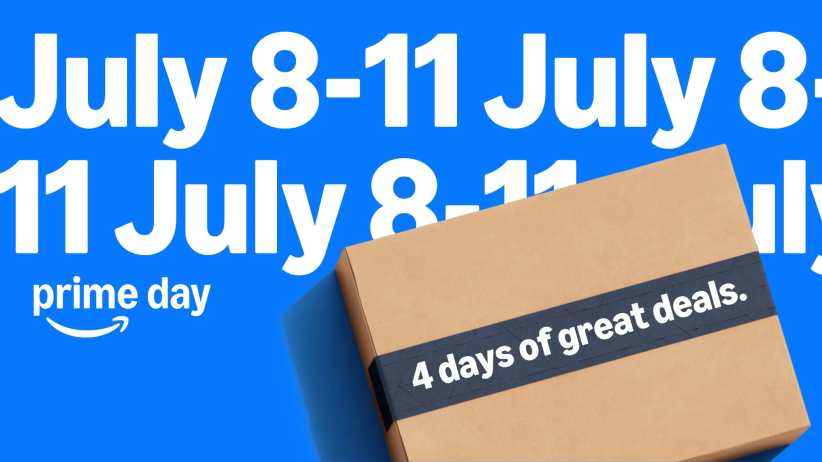Meet the new MakerBot.
The Carroll Gardens company Solidoodle, run by a former MakerBot executive, is selling three-dimensional printers for a fraction the price of its competitor’s. The goal is to make the devices a common appliance for everyday people, the founder said.
“The grandiose idea at the time when we started was to put a 3-D printer in every home in the world,” said Sam Cervantes, who started Solidoodle in his Park Slope kitchen in 2011 after stints at MakerBot and as an aerospace engineer. “We want to make them ubiquitous.”
The dream is not far from that expressed by Cervantes’s old boss Bre Pettis in a 2012 interview with this paper. But Solidoodle’s printers are more accessible than its pioneering predecessor because they start at less than half the price, with its Solidoodle Press going for $599. That model, which is slightly smaller than MakerBot’s cheapest, is a real plug-and-play machine, Cervantes said.
“They’re pushing the upper end of the market,” he said of MakerBot. “We’re going from the early adopter to the mainstream.”
The company has shipped 10,000 units so far and is looking to ramp up production.
Cervantes sees three-dimensional printing as the next wave of innovation because it allows designers to immediately make the things they think up.
“You can have an idea and then have it in your hand the next minute,” he said.
The technology can also be used to speed mass-production, which Solidoodle does to make its own products. The Press is now manufactured in China but the rest of Solidoodle’s models are assembled in a small factory on Hicks Street alongside the Brooklyn-Queens Expressway ditch. The building also houses the company’s office, and some components for the printers are actually printed on other Solidoodle printers.
“Very meta,” Cervantes said. “We’re really drinking our own Kool-Aid.”
The cramped Carroll Gardens production floor is staffed by 20 employees, half of whom are Brooklynites, Cervantes said. And though the products are high-tech, the jobs, he said, are like any factory job.
“They’re blue-collar jobs. They’re turning nuts and bolts. Assembling electronics,” he said.
Johanni Diaz, an assembly technician with the company who lives Downtown, used to drive a school bus. She said she knew nothing about three-dimensional printers before she started, but she has come to enjoy working on them.
“I like the job a whole lot. It really makes me think,” she said through an interpreter.
Once the crew perfects a design and demand is high enough, he said the production will be outsourced in order to keep costs down, as was done with the Press. But he said he will never leave the borough entirely.
“We always want to do Brooklyn manufacturing,” he said. “And we know that a lot of customers care a lot about that. But other customers are worried about price.”
Techno Files
The taxi- and car-service-sharing app Bandwagon, which is housed in the Urban Future Lab, won second place in Ford’s Urban Commuter Challenge last week. The app connects riders with others heading in the same direction in order to save money and to receive congestion on city streets. The company was also recently featured at the Consumer Electronics Show in Las Vegas.
• • •
The New York University Polytechnic School of Engineering student who built the cool — but kind of creepy — expressive robot that we wrote about in December has helped create an app that lets him do some work from home. Jared Frank and his professor Vikram Kapila have made software that runs on a mobile device and can control lab equipment remotely. The interface is supposed to be easy for students to use and help students with special needs.
• • •
MakerBot launched a new app last week that allows people to print objects from their Android phones. The app can also be used to monitor the progress on a print that has already started. The company released an iPhone version a couple of weeks back.



